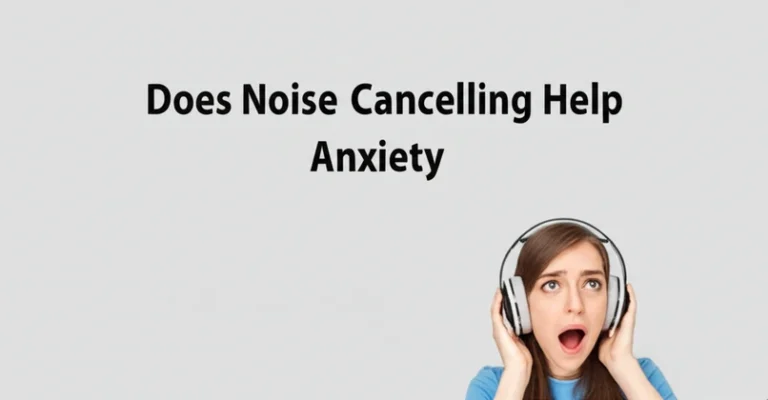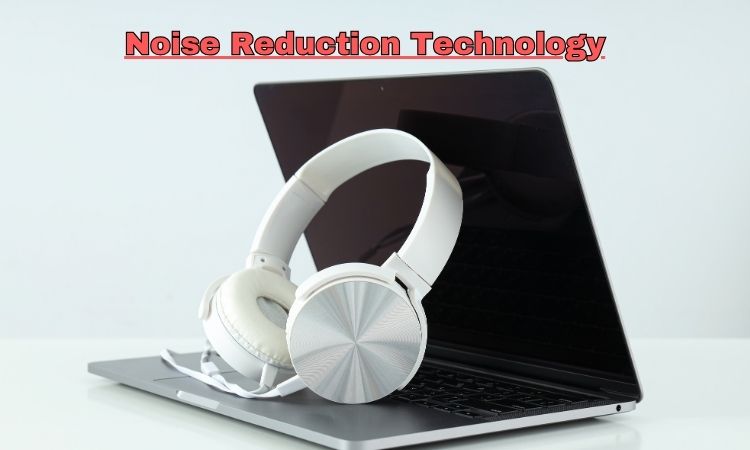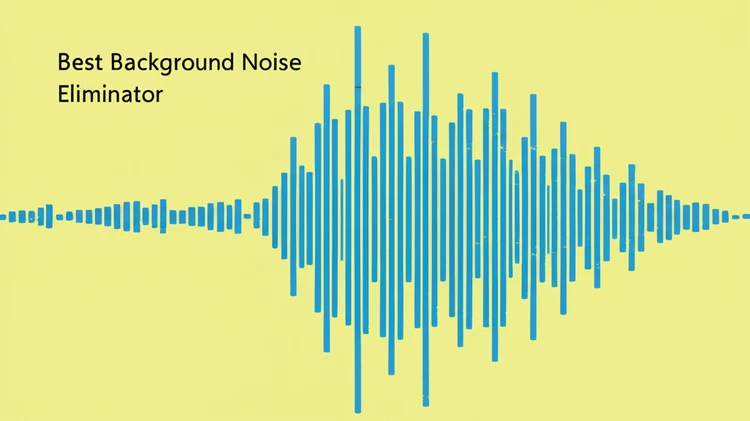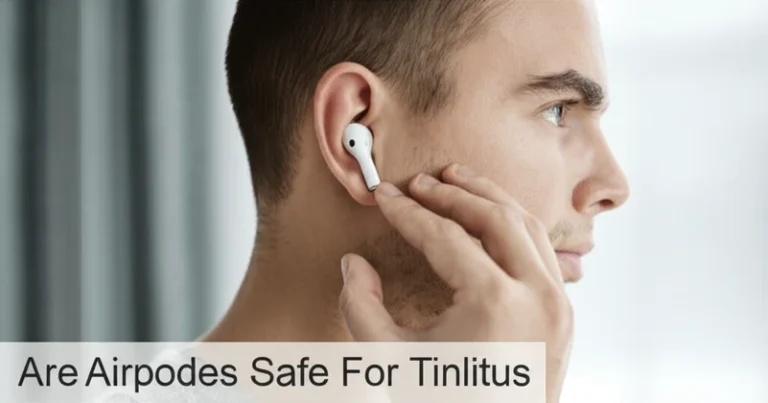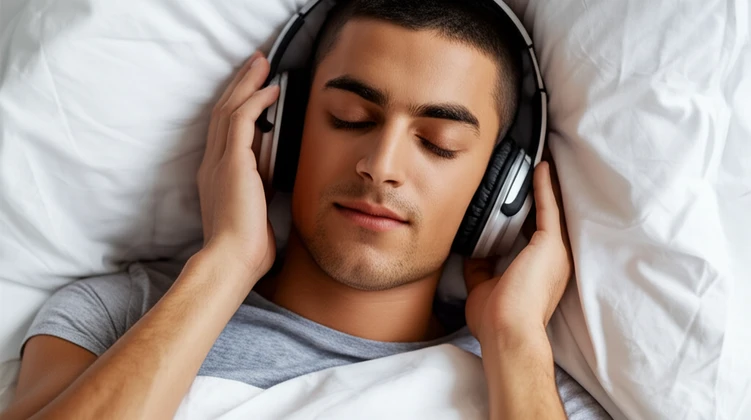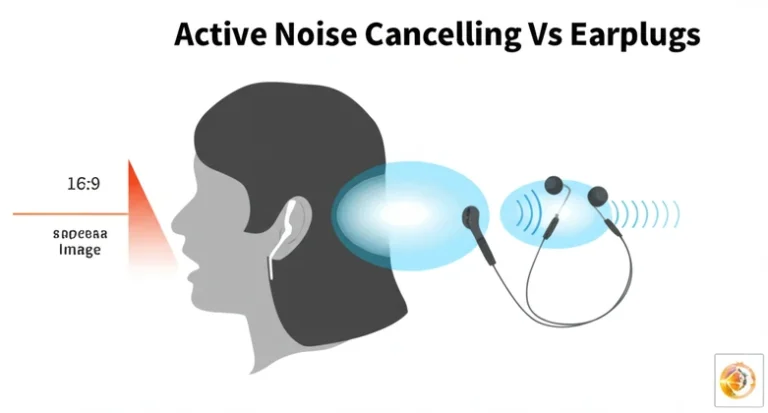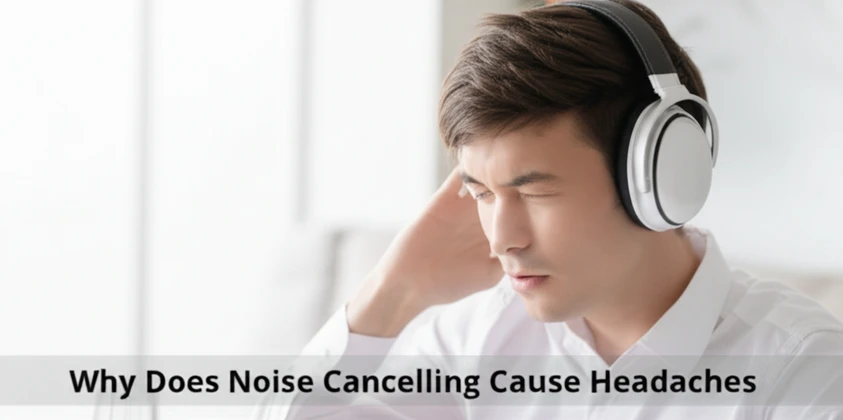
The blissful silence of noise-cancelling headphones can be a double-edged sword. While they effectively block out distractions, some users find that this very silence brings on an unwelcome side effect: headaches. If you’ve found yourself wondering, Why does noise cancelling cause headaches?, you’re not alone.
This article delves into the science behind this phenomenon, explores the potential causes, and provides actionable strategies to prevent discomfort so you can enjoy the tranquility without the pain.
Noise-cancelling headphones are a popular choice for those seeking refuge from the cacophony of modern life. However, a significant number of users report experiencing headaches as a consequence. This article will explore the various reasons why noise cancelling might give you a headache and offer practical solutions to mitigate this issue.
What Is Noise Cancelling and How Does It Work?
Noise-cancelling technology utilizes sophisticated methods to reduce or eliminate unwanted background sounds.
There are two main types:
Active Noise Cancellation (ANC)
Active Noise Cancellation (ANC) employs built-in microphones to detect ambient noise. These microphones analyze the incoming sound waves, and the headphones then generate inverse sound waves (anti-noise) that are precisely out of phase with the original noise. This effectively cancels out the unwanted sound before it reaches your ears.
ANC is particularly effective against consistent, low-frequency sounds like the hum of an airplane engine or the drone of an air conditioner. There are two main types of ANC: feedforward and feedback. Feedforward ANC uses a microphone placed outside the earcup, while feedback ANC uses a microphone placed inside the earcup, closer to the speaker.
Passive Noise Isolation
Passive noise isolation relies on physical barriers, such as the earcups of over-ear headphones or the ear tips of in-ear monitors, to block external sound from entering the ear canal.
While not as technologically advanced as ANC, passive noise isolation can be quite effective at reducing higher-frequency noises. It works by creating a seal around the ear, preventing sound waves from penetrating.
While both methods enhance the listening experience, the way ANC interacts with our ears and brain can sometimes lead to discomfort in certain individuals.
Common Reasons Noise Cancelling May Cause Headaches
Understanding why noise cancelling causes headaches in some individuals involves exploring several potential factors. These range from the perception of air pressure changes to the brain’s adaptation to an unusually silent environment.
Changes in Air Pressure Perception
The sudden reduction in ambient noise produced by ANC can sometimes create a sensation similar to the ear fullness experienced during air pressure changes, like during airplane ascent or descent.
This isn’t because ANC directly changes the air pressure. Rather, the altered soundscape can affect how the inner ear and brain, which are sensitive to pressure differentials, perceive the environment. This can lead to a feeling of fullness, pressure, or mild pain in the ears.
Brain’s Adjustment to Artificial Silence
Our brains are constantly processing a multitude of sensory inputs, including background noise.
This constant stream of auditory information is filtered and prioritized through complex neural processes like habituation and sensory gating. When ANC drastically reduces this background noise, the brain may initially overcompensate by becoming hyper-aware of any remaining sounds or even internal body sounds that were previously masked. This heightened sensory activity and the brain’s attempt to adapt to this novel auditory environment can, in some cases, manifest as headaches or a general feeling of discomfort.
Poor Fit or Overpowering ANC Settings
A poorly fitting pair of headphones can exacerbate discomfort, regardless of whether they have ANC.
Earcups that press too tightly against the head or ear tips that are too large or too small can cause physical pain around the ears and temples. Furthermore, setting the ANC to its maximum level can intensify the sensations described above, as the system works harder to block noise, potentially increasing the perception of pressure and leading to discomfort.
Are You More Susceptible to Noise Cancelling Headaches?
While anyone can potentially experience discomfort with noise-cancelling headphones, certain individuals may be more predisposed. Understanding these factors can help you take preventative measures.
Inner Ear Sensitivity
People with a more sensitive vestibular system, the sensory system that contributes to our sense of balance and spatial orientation, may experience the effects of ANC more acutely.
The vestibular system is located in the inner ear and is closely linked to the auditory system. Any changes in the auditory environment, such as the sudden reduction in noise from ANC, can sometimes affect the vestibular system, leading to discomfort.
Pre-existing Conditions
Individuals who suffer from migraines, sinus issues, temporomandibular joint (TMJ) disorders, or motion sickness are more likely to experience discomfort with noise-cancelling headphones. The altered sensory input from ANC can sometimes trigger or exacerbate these pre-existing conditions.
Duration of Use
Extended periods of using ANC headphones can amplify the likelihood of experiencing discomfort, particularly for first-time users.
The brain and ears need time to adapt to the change in the auditory environment.
Tips to Minimize Noise Cancelling Discomfort
If you enjoy the benefits of noise cancelling but experience headaches, there are several strategies you can employ to minimize discomfort.
Adjust ANC Settings
Experiment with lower ANC settings. Many headphones offer adjustable levels or adaptive ANC features that automatically optimize noise cancellation based on your surroundings. Finding the right balance between noise reduction and comfort is key.
Choose Comfortable Headphones
Prioritize comfort when selecting headphones.
Look for adjustable headbands with adequate padding, soft earcups or well-designed ear tips that create a good seal without excessive pressure. Consider trying different ear tip materials like foam or silicone to find the best fit.
Take Regular Breaks
Avoid prolonged, uninterrupted use of ANC headphones. Taking short breaks every 30-60 minutes allows your ears and brain to readjust to normal ambient sound, reducing the risk of headaches.
Gradual Adjustment
If you are new to ANC, gradually increase the duration of your listening sessions.
This allows your body to acclimate to the unique auditory experience of noise cancelling.
FAQs About Noise Cancelling and Headaches
Why do I feel pressure when using noise-cancelling headphones?
The pressure sensation is often related to the way ANC alters the auditory environment, which can affect how your inner ear and brain perceive pressure, similar to the feeling of fullness experienced during air pressure changes.
Can noise cancelling damage my hearing?
Noise-cancelling technology itself does not damage hearing. However, listening to audio at high volumes, regardless of whether noise cancelling is enabled, can lead to hearing fatigue or permanent damage. Always maintain a safe listening volume.
Are there alternatives to ANC if I’m sensitive?
Yes, passive noise-isolating headphones or headphones with “transparency” or “ambient sound” modes can offer a quieter listening experience without the potential side effects of ANC.
These options allow some external sound to pass through, preventing the sensation of complete isolation that some find uncomfortable.
Conclusion
While noise-cancelling headphones offer a welcome escape from unwanted noise, some users experience headaches due to factors like changes in air pressure perception, the brain’s adjustment to artificial silence, and ill-fitting headphones. By understanding these causes and implementing simple solutions like adjusting ANC levels, choosing comfortable headphones, taking regular breaks, and gradually acclimating to the technology, you can significantly reduce the likelihood of discomfort and enjoy the benefits of noise cancelling without the drawbacks.
If you experience persistent headaches or ear pain, consult a healthcare professional to rule out any underlying medical conditions.

